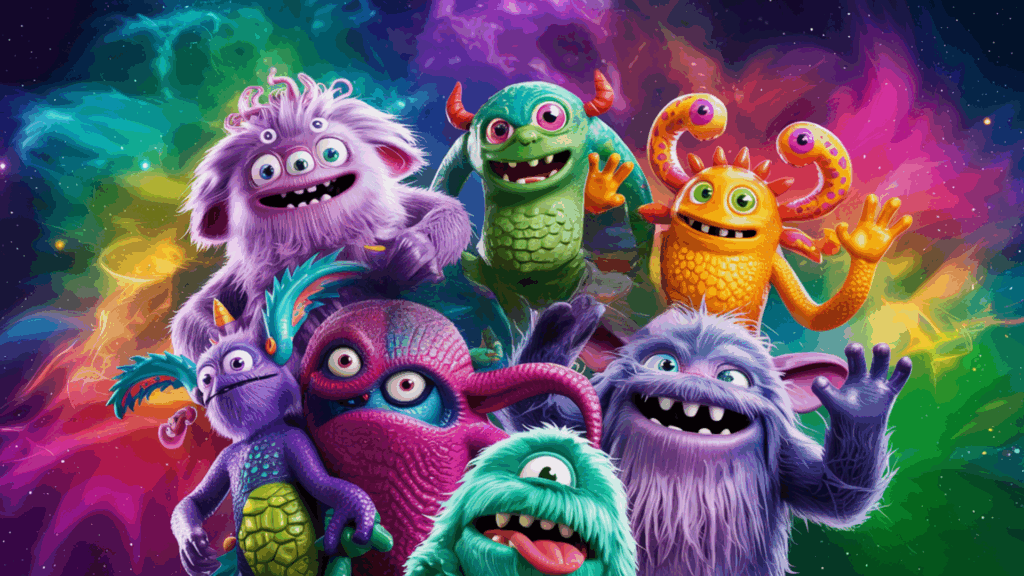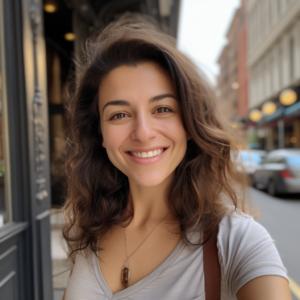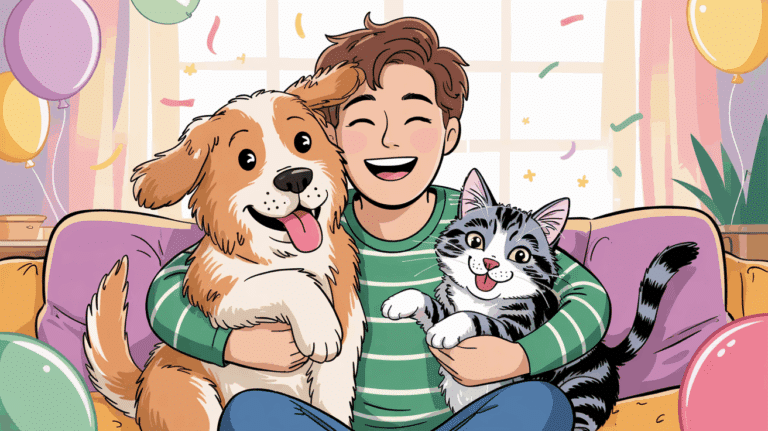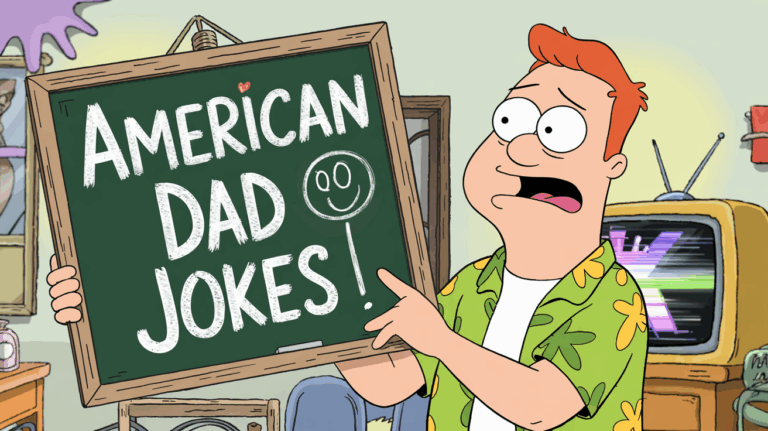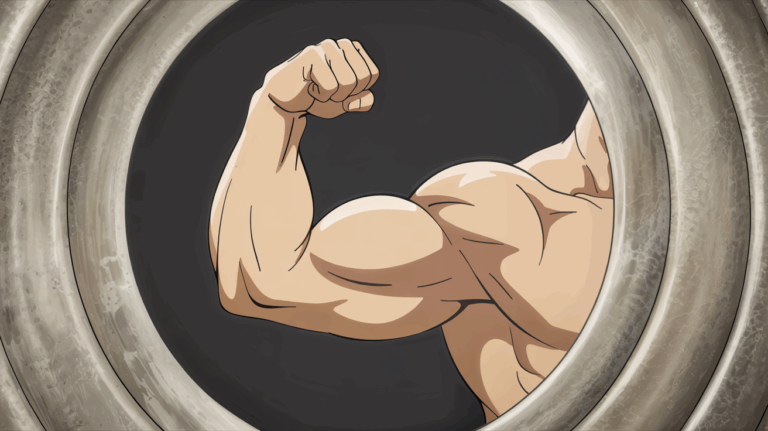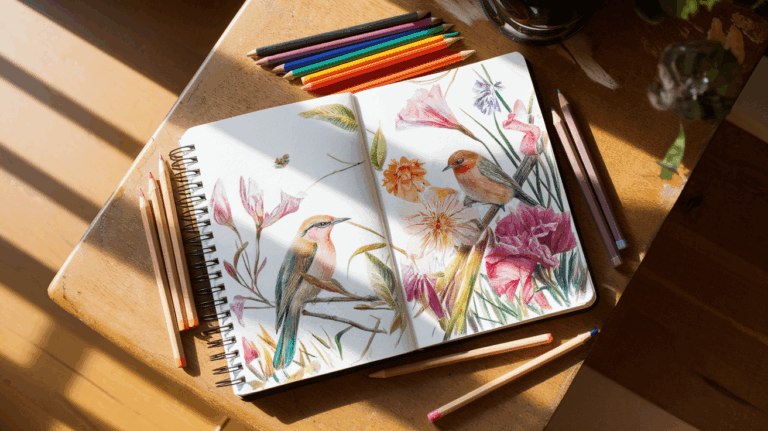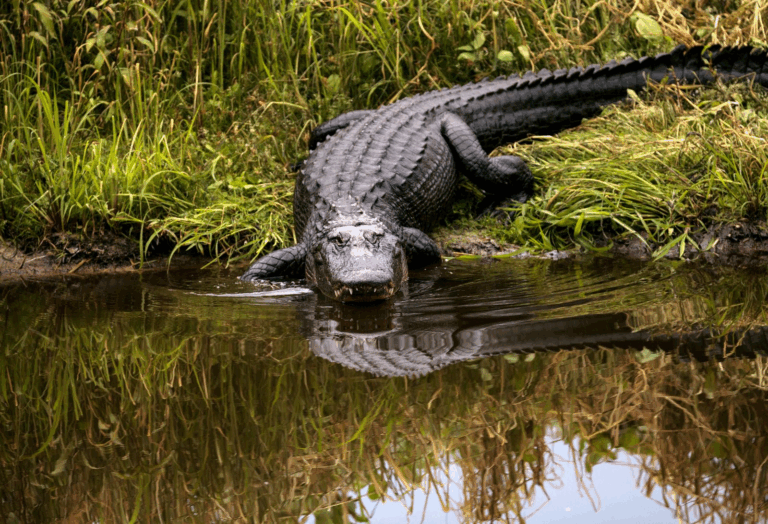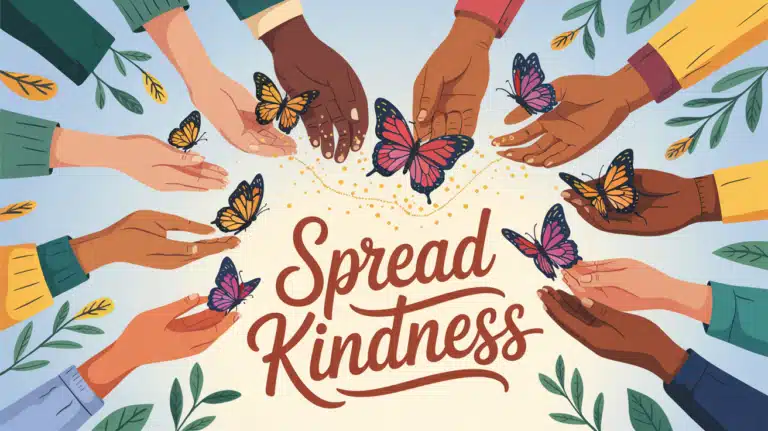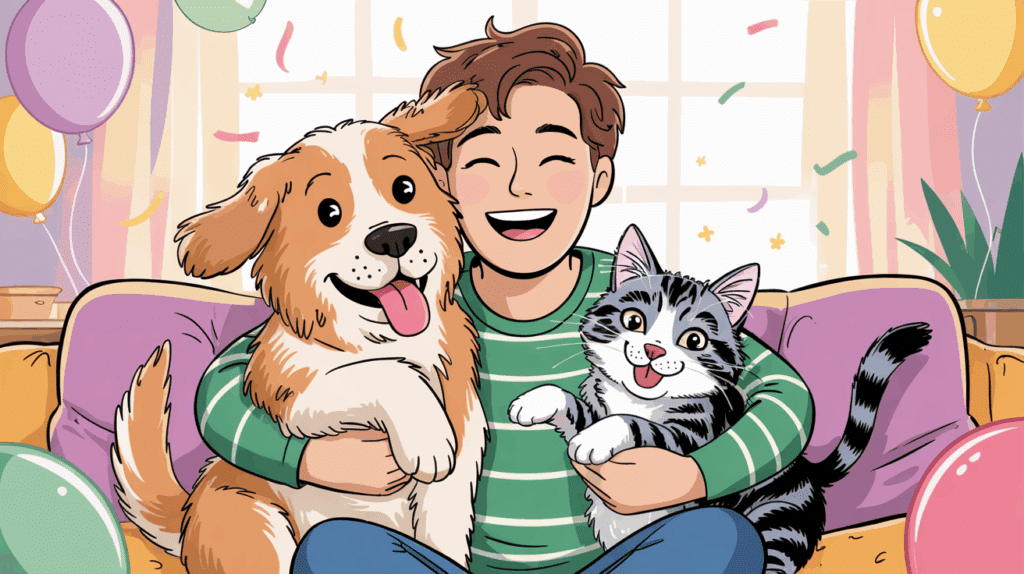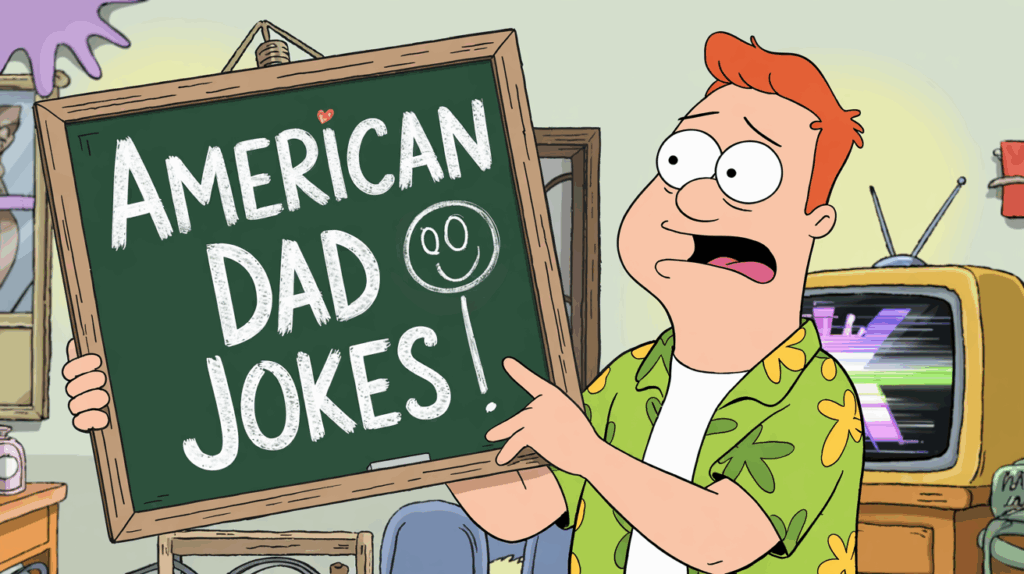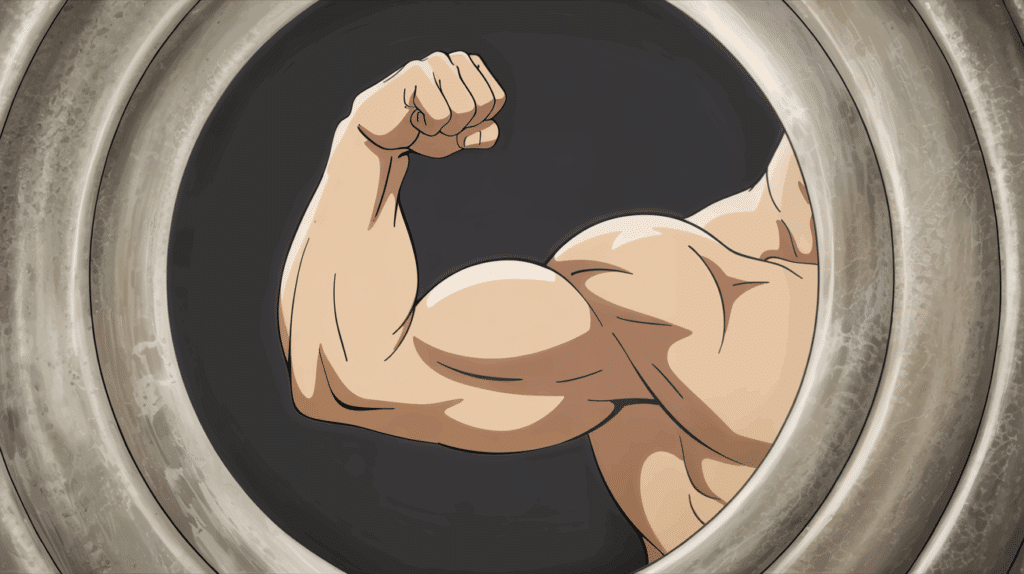Artists often hit creative roadblocks when facing blank pages. They stare at screens, hoping for a spark that just won’t come.
But what if they could access a treasure chest of monster ideas ready to fuel their imagination? This collection of monster ideas offers exactly that, a carefully selected array of thought starters that can help anyone break through creative barriers.
The monster ideas in this blog work for all types of projects. They help writers, artists, and content creators push past mental blocks faster. Each idea acts as a small key that opens doors to new thinking.
Readers who continue will find practical concepts they can use right away. These tools make creative work easier and more fun when inspiration feels far away.
Essential Techniques to Design Memorable Monsters
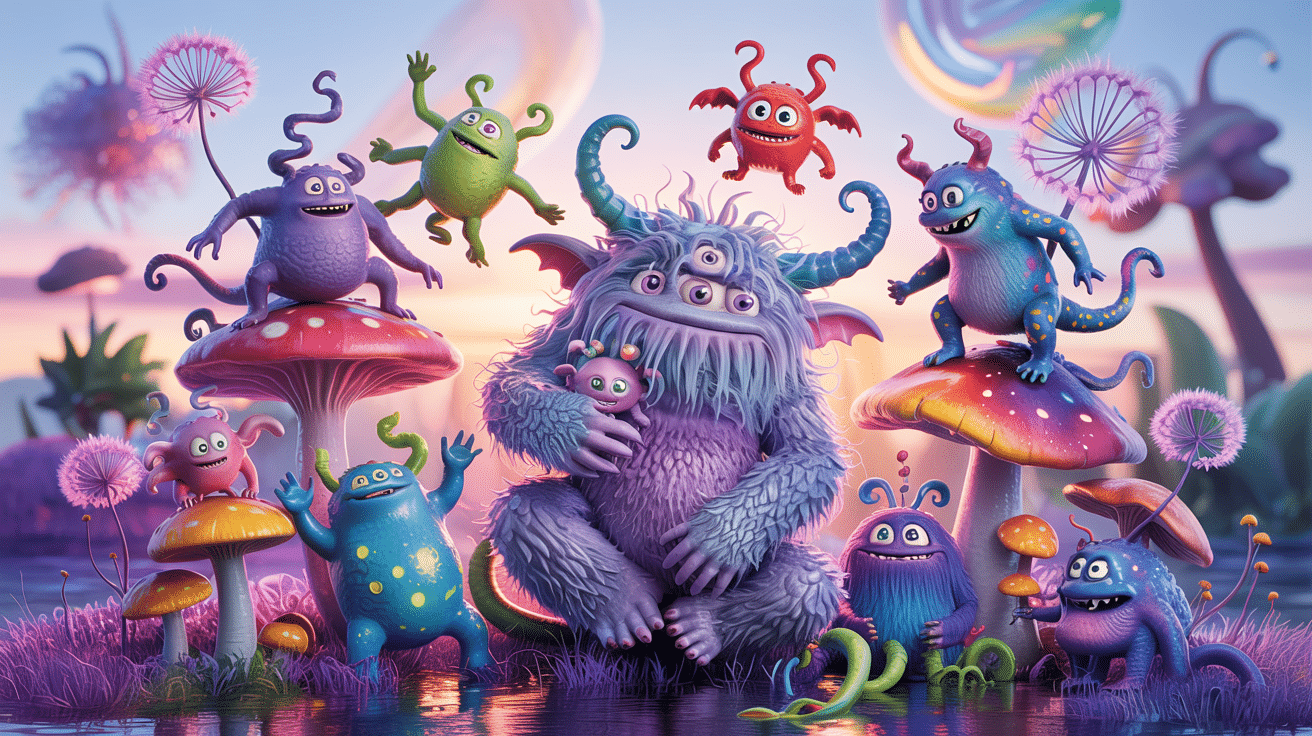
Creating monsters that stick in the mind requires careful attention to specific details. These elements make the difference between forgettable creatures and those that haunt the imagination long after a story ends.
Artists and writers who focus on these key traits often find that their monsters become the most talked-about parts of their work. The following monster elements help build monsters that readers and viewers cannot forget.
Distinctive silhouettes:
Make these demons instantly recognizable by their outline alone. A strong silhouette helps the monster stand out in any scene and creates a visual shorthand that readers can quickly identify. This technique works especially well for creatures that appear multiple times throughout a story.
Unexpected combinations:
Mix features from different animals or objects that normally don’t go together. Pairing insect eyes with mammalian fur or giving aquatic creatures avian wings creates visual tension that draws attention and makes monsters more memorable.
Personal motivation:
Give monsters clear goals beyond simply being scary. A creature with specific wants, fears, and needs feels more real and poses a more interesting threat. This depth makes them stick in the mind as characters rather than just obstacles.
Environmental adaptation:
Design physical traits that clearly connect to where the monster lives. Creatures from volcanic regions might have heat-resistant scales, while those from bigger caves might have pale skin and no eyes. These logical connections make demons feel more believable.
Unique movement patterns:
Consider how the devil walks, runs, climbs, or attacks. Unusual movement creates visual interest and can become a warning sign for characters and readers alike. The sound of a specific gait or the visual of an odd locomotion style becomes part of the monster’s signature.
Cultural significance:
Link the demon to beliefs, traditions, or stories within the world it inhabits. When local people fear, worship, or have legends about the creature, it gains additional layers of meaning and importance that make it more memorable.
Specific vulnerabilities:
Include weaknesses that balance the monster’s strengths. These vulnerabilities create tension and hope when characters face seemingly impossible odds. The more specific and unusual the weakness, the more memorable the giant becomes.
Best Monster Ideas for Creative Projects
Monsters are a rich source of inspiration for any creative endeavor. Whether it’s for writing, art, or crafting, these creatures can be as terrifying or as playful as the imagination allows.
The following list of unique monster ideas is designed to fuel creativity and help bring any project to life.
These designs can be adapted for different mediums, from chilling stories to fantastical drawings, providing endless possibilities for expression.
1. Stilt-Walker
How to Achieve This Drawing:
Begin with a light sketch of the sea horizon, sun, and mountain outline before adding the tentacled creature in the foreground. Use varying pencil pressure to create texture in the monster’s skin, add shading for depth in the waves, and include small details like the distant sailboat to establish scale.
2. Shadow Mimic
How to Achieve This Drawing:
Create a textured gray background first, then use black ink or charcoal to form the shadowy creatures with stark white negative space for the eyes. Add thin, chaotic lines extending from the main forms to create a sense of wispy movement, and finish with a small silhouette of trees at the bottom for scale and grounding.
3. Mirror Beast
How to Achieve This Drawing:
Start with a solid black background, then use white ink or the negative space technique to create the flame-like patterns surrounding the mirror frame. Draw the human figure from behind first, then carefully detail the distorted reflection with enlarged eyes and altered features to create the unsettling contrast.
4. Gloom Lurker
How to Achieve This Drawing:
Begin with light pencil outlines of the basic creature shape, then gradually build up the detailed textures like scales, spikes, and wrinkles using varying pencil pressure. Focus on creating depth through careful shading, particularly around the large eye and jaw area, while adding fine details like the sharp teeth and claws last to complete this round, menacing monster.
5. Lava Fiend
How to Achieve This Drawing:
Start with a pencil outline of the rock monster’s form, then add graphite shading to create the stone texture and form before introducing the glowing orange elements. Use a bright orange marker or colored pencil for the magma effect showing through the cracks, and draw small floating fragments to create the impression of a creature breaking apart or forming.
6. Stone Gazer
How to Achieve This Drawing:
Begin with a simple black outline of the blocky robot form, then add blue hatching to create texture and dimension on the armor pieces. Finish with bold black outlines to define the shape, add small red eyes for character, and sketch a simple shadow beneath the figure to ground it on the page.
7. Fungi Walker
How to Achieve This Drawing:
Begin with the outline of a mushroom cap with spots, then add gills underneath and connect to a small humanoid body with large circular eyes. Build texture through shading, making the cap darker around the edges while adding small details like the character’s torn clothing and tiny hand gestures.
8. Wind Harbinger
How to Achieve This Drawing:
Start with a light blue wash as the base, then sketch the figure using quick, rough blue pen strokes to define the hunched posture and sharp features. Create depth by leaving some areas untouched while intensifying the ink in shadows, focusing on the menacing facial expression, jagged teeth, and claw-like limbs.
9. Thorn Weaver
How to Achieve This Drawing:
Sketch the humanoid body with careful attention to muscle definition and anatomical structure, using cross-hatching to create shadows and volume. Create the plant-like head with five pointed petals surrounding a central eye, then add fine details like the sharp claws, textured skin, and thin limbs using bold black pen strokes.
10. Ice Serpent
How to Achieve This Drawing:
Begin with a light pencil sketch of the sea dragon’s head and body, then outline with fine black pen before adding layers of teal watercolor wash. Add darker turquoise tones to create depth and shadows, keeping lighter areas for highlights, then finish with details like the fin spines, tentacle-like whiskers, and rippling water effects.
11. Glimmer Ghost
How to Achieve This Drawing:
Create a ghost-like figure using black ink, with a solid head featuring two oval eye holes and flowing cloth-like body with vertical folds. Surround the figure with stippled dots that form a cloudy border, then add scattered dots throughout and handwritten text at the top and bottom for a raw, street-art aesthetic.
12. Echo Howler
How to Achieve This Drawing:
Create a detailed alien creature using fine pen strokes and cross-hatching for texture, focusing on the elongated face with bulging eyes and smokestack-like head protrusions. Build depth through meticulous linework that defines the monster’s anatomy, then add the surreal dining scene with a plate of eyeball creatures and a coffee cup to complete this sketchbook illustration.
13. Tidal Beast
How to Achieve This Drawing:
Sketch a dragon head in profile using soft pencil strokes, focusing on the long snout with sharp teeth and defining the eye socket and horn-like protrusions. Create dimension by applying darker shading along the jaw and spiky features while using light strokes for subtle texture, leaving some areas white to create highlights.
14. Sunken Horror
How to Achieve This Drawing:
Begin by sketching the fish-human hybrid face with feminine features, then add the finned head crest and gill-like structures along the neck. Create texture with graphite shading, varying pressure for the scales and fins, then add small bubble circles in the left corner and blend with a soft eraser for highlights to create an underwater effect.
15. Thunder Beast
How to Achieve This Drawing:
Sketch the S-curved silhouette of the armored creature first, focusing on its posture with raised tail and crouched legs. Add overlapping triangular plates along the spine and body, using light shading to create depth between scales, then finish with details like the small head, clawed feet, and spiny features while applying subtle background shading.
16. Iron Beast
How to Achieve This Drawing:
Start with the skull-like face of the pilot, adding details like the aviator goggles, leather helmet, and grimacing teeth. Build the upper body with strong shading to define the flight suit, then add the crosshair target on the chest and fighter planes in the background using precise pencil strokes with varying pressure for depth and contrast.
17. Hollow Knight
How to Achieve This Drawing:
Create a sketch-like character with dynamic pencil strokes, focusing on the large curved horns and hollow eye sockets of the skull-like head. Use rapid, loose lines for the flowing cloak-like body and sword on its back, then add darker shading inside the eye holes and at the base where wispy smoke-like tendrils connect the figure to the ground.
18. Smoke Phantom
How to Achieve This Drawing:
Create a shadowy monster face using short, hair-like pen strokes that radiate outward from circular white eyes, adding triangular teeth with emphasis on the longer fangs. Draw the creature as smoke rising from a small candle at the bottom, creating a gradient effect where the darkness fades toward the edges, then add small notes and a signature to complete the sketch.
19. Twister Demon
How to Achieve This Drawing:
Begin with a basic circular head shape and pointed ears, then sketch large round eyes and a wide mouth filled with jagged teeth. Add scribbled details for texture around the neck area using quick, loose pen strokes, and enhance the creature’s menacing appearance by emphasizing the deep shadows around its features.
20. Crystal Claw
How to Achieve This Drawing:
Sketch the armored skeletal figure using a blue pencil, starting with the skull-like head and angular spikes, then build outward to create the segmented body structure. Add small concept sketches in the corners to explore different head angles, and include shading with varied pressure to create depth in the crystalline armor plates and limbs.
21. Black Widow Stalker
How to Achieve This Drawing:
Create a menacing face with strong ink lines for the spiked helmet, large grinning teeth, and a human-like hand holding a tarot card. Use heavy cross-hatching and concentrated black areas to create dramatic shadows that highlight the contrast between the teeth and dark areas of the face.
22. Lava Spider
How to Achieve This Drawing:
Draw the central mouth shape with fleshy lips first, then add a dark center with small eyes, and extend the jointed spider legs outward from the mouth. Use parallel hatching lines for shading and to create depth, paying close attention to the textured joints and pointed tips of each leg.
23. Howling Beast
How to Achieve This Drawing:
Start with light pencil outlines of the werewolf’s snarling face and muscular torso, focusing on the basic anatomy and proportions. Add details like the pointed ears, exposed fangs, and textured fur with short, directional strokes, then strengthen key lines and add subtle shading to create depth and dimension.
24. Bone Golem
How to Achieve This Drawing:
Sketch the stone giant using thin pen lines to define the rocky, muscular form with careful attention to the layered, cracked texture of the body. Use cross-hatching and varied line weight to create dimension in the torso and limbs, leaving parts of the lower body less defined to create a sense of the figure emerging from raw stone.
25. Lantern Spirit
How to Achieve This Drawing:
Begin with the rounded pumpkin head and its carved face, then sketch the thin torso with cross-stitching and the bony skeletal arms raised at the sides. Add texture with cross-hatching and small parallel lines to create shadows, making the pumpkin appear smooth while the body looks ragged and worn.
Additional Top Monster Concepts for Artistic Works
The following monster ideas continue from the previous list, offering even more inspiration for your creative projects.
Whether it’s for writing a horror story or creating unique art, these monsters will help push the boundaries of imagination.
26. Dream Eater
27. Thirsting Horror
28. Wind Walker
29. Night Stalker
30. Blood Swarm
31. Abyssal Horror
32. Webbed Reaper
33. Tangle Beast
34. Fire-Fanged Serpent
35. Acidic Demon
36. Sky Crawlers
37. Hollow Beast
38. Burning Wraith
39. Creeping Fog
40. Bone Crawler
41. Twilight Demon
42. Searing Entity
43. Earth-Quake Beast
44. Moon-Touched Fiend
45. River Serpent
46. Storm Bringer
47. Flesh Drinker
48. Steel-Fanged Horror
49. Void Wraith
50. Pulse Monster
51. Smoldering Shade
52. Whispering Horror
53. Crystalized Phantom
54. Phantasm Fiend
55. Rotting Sentinel
56. Clockwork Beast
57. Hungerling
58. Soul Devourer
59. Beast of Starlight
60. Ice-Walker
61. Flame Warden
62. Feral Whisperer
63. Mummified Horror
64. Ghost-Wind Wraith
65. Primal Beast
66. Skin-Shedding Horror
67. Pestilence Fiend
68. Storm Ghost
69. Dream Warden
70. Ghostly Shifter
71. Wild Fang
72. Blood Beast
73. Eye-Glutton
74. Spine Hunter
75. Crystal Wraith
76. Warped Horror
77. Black Flame Demon
78. Twilight Ghost
79. Boneheart Beast
80. Emerald Fiend
81. Howling Dread
82. Silt-Walkers
83. Cursed Toad
84. Rust Demon
85. Web-Gazer
86. Silent Harbinger
87. Sky Drifter
88. Corpse Devourer
89. Ashen Beast
90. Blood-Lust Specter
91. Frozen Fang
92. Sinister Shade
93. Winged Bane
94. Mind-Bender
95. Glistening Beast
96. Moon-Bound Wraith
97. Crystal Golem
98. Darkened Beast
99. Obsidian Horror
100. Cinder Fiend
101. Wretched Worm
102. Thunderclap Demon
103. Darkling Shade
104. Hollow Watcher
105. Phantom Specter
106. Pustule Beast
107. Hallowed Bane
108. Iron-Hide Fiend
109. Searing Dread
110. Frost-Bound Monster
111. Soul Siphon
112. Grave-Walker
113. Wailing Terror
114. Evernight Horror
115. Rift-Bound Creature
116. Seeping Horror
117. Chilling Phantom
118. Mirror-Walker
119. Smoke-Cloud Beast
120. Grim Beast
121. Deep Sea Beast
Summing Up
Monster ideas serve as powerful tools for anyone stuck in a creative rut. They offer a fresh way to look at common problems and find solutions that might otherwise remain hidden.
This collection of unusual concepts does more than just provide temporary fixes. It helps build lasting creative habits that strengthen over time.
When creators practice using these techniques, they develop a mental toolbox they can reach for whenever they face a blank page.
The impact of good monster ideas extends beyond individual projects. They change how creators think about their craft. What once seemed hard becomes easier with the right approach.
Next time the creative well runs dry, these strategies can be the map that leads back to inspiration, making the process both more fun and more effective.


